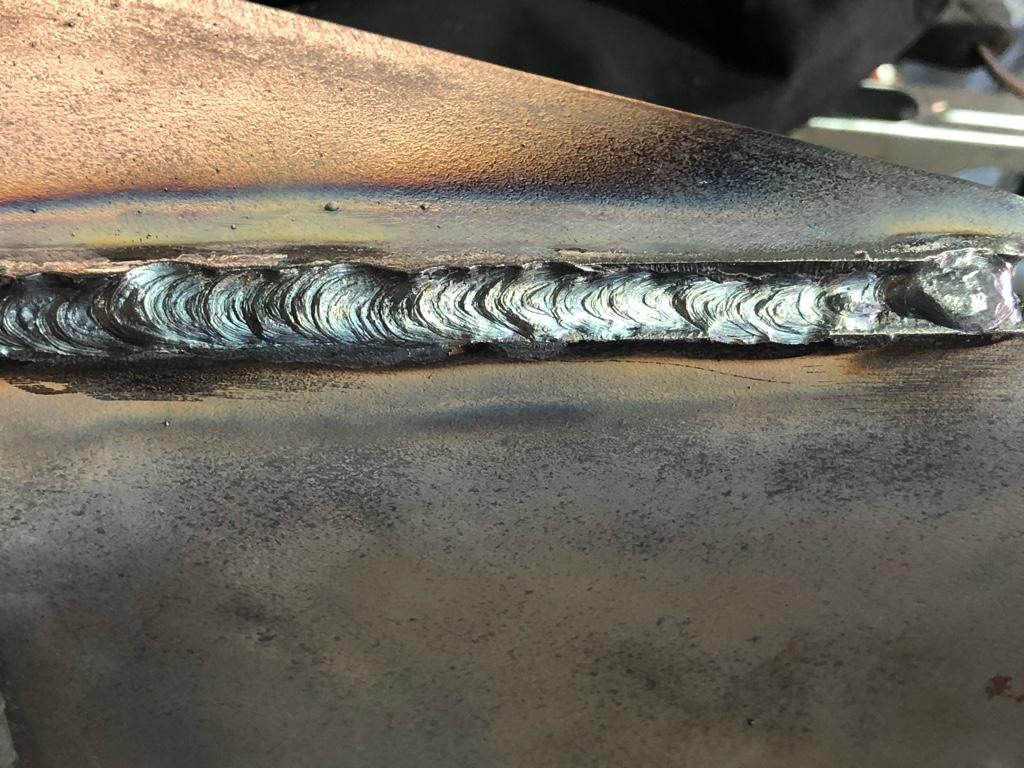A Comprehensive Overview to Identifying, Stopping, and Dealing With Undercut Welding Problems in Your Welding Jobs
In the realm of welding, coming across undercut concerns is a typical challenge that can jeopardize the structural integrity and total quality of your welding projects. Keep tuned as we discover the vital elements of identifying, preventing, and dealing with undercut welding issues, providing you with valuable insights and methods to elevate your welding abilities to the following level.
Typical Root Causes Of Undercut Welding
Undercut welding, a typical issue in welding procedures, can be triggered by various factors that require to be meticulously determined and resolved to make sure the honesty of the weld joint. One of the main causes of undercut welding is too much heat input.
An additional usual root cause of undercut welding is incorrect welding method. Inadequate control of the welding torch or weapon, inaccurate angle or range between the lantern and the work surface, or irregular travel speed can all contribute to the formation of undercut. Furthermore, making use of the incorrect welding consumables or electrode size for a certain joint arrangement can bring about undercut problems. Identifying these source and carrying out rehabilitative procedures is crucial in preventing and fixing undercut welding problems in welding tasks.
Identifying Undercut in Welds

To determine undercut properly, appropriate lights and zoom tools are vital to check the weld joint extensively. Using tools such as a welding gauge or a magnifying glass can aid in discovering even the smallest undercut blemishes. Additionally, running a finger or a fingernail along the weld joint can often reveal undercut, as the surface might feel unequal or have a dip where the undercut exists.
Safety Nets for Undercut
Having a deep understanding of the causes of undercut in welds allows for the application of effective preventive procedures to keep weld quality and honesty. These settings should be maximized to protect against too much warmth input, which can lead to damage formation.

Strategies for Taking Care Of Undercut

Increasing the welding current or decreasing the travel speed can aid fill up in the undercut. Furthermore, transforming the welding strategy from a push to a drag or vice versa can additionally assist reduce undercut.
One more method is to utilize a weaving motion while welding to ensure correct sidewall blend and fill in the undercut. By oscillating the welding arc from side to side within the weld joint, the welder can deposit extra filler material into the undercut locations, efficiently getting rid of the defect.
Furthermore, grinding out the undercut and rewelding website link the joint can be a sensible option for more serious undercut issues - Preventing weld undercut. This process involves removing the undercut section, preparing the base steel, and afterwards rewelding the joint with appropriate welding parameters and strategies to stop undercut from reoccurring

Specialist Tips for Staying Clear Of Undercut
Utilizing correct welding techniques and my sources maintaining control over vital welding criteria are critical strategies for welders intending to stop undercut in their weld joints. One professional idea for staying clear of undercut is to ensure correct joint prep work. This includes cleaning the base steel thoroughly to get rid of any impurities that could lead to undercut development. Additionally, selecting the appropriate welding procedure and filler steel for the particular application can aid protect against undercut. Welders need to also pay very close attention to the welding existing and voltage setups, guaranteeing they are within the advised range to stay clear of getting too hot and possible undercut. Keeping a regular travel rate during the welding procedure is an additional necessary pointer to avoid undercut. By relocating at a stable rate, welders can make certain appropriate blend and minimize the probability of undercut development. Lastly, inspecting the weld bead after completion can help determine any type of signs of undercut at an early stage, enabling immediate restorative activity to be taken.
Verdict
In final thought, identifying, preventing, and taking care of undercut welding problems in your welding projects is vital for making certain sturdy and solid welds. Preventing weld undercut. By recognizing the usual reasons for undercut, having the ability to identify it in welds, applying safety nets, and using proper methods for fixing undercut, you can stay clear of prospective issues and create premium welds. Complying with professional suggestions for preventing undercut can help you improve Read Full Article your welding abilities and generate much better cause your jobs
Undercut welding, a typical problem in welding processes, can be triggered by various factors that require to be very carefully determined and resolved to make certain the stability of the weld joint. Additionally, running a finger or a fingernail along the weld joint can in some cases reveal undercut, as the surface area might really feel unequal or have a dip where the undercut exists.
Using appropriate welding methods and keeping control over vital welding specifications are crucial techniques for welders intending to prevent undercut in their weld joints.In verdict, recognizing, stopping, and dealing with undercut welding issues in your welding jobs is vital for making certain solid and resilient welds. By recognizing the usual reasons of undercut, being able to determine it in welds, applying preventive measures, and utilizing proper techniques for dealing with undercut, you can prevent possible concerns and create top notch welds.
Comments on “Preventing Weld Undercut: Proven Approaches Every Welder Ought To Know”